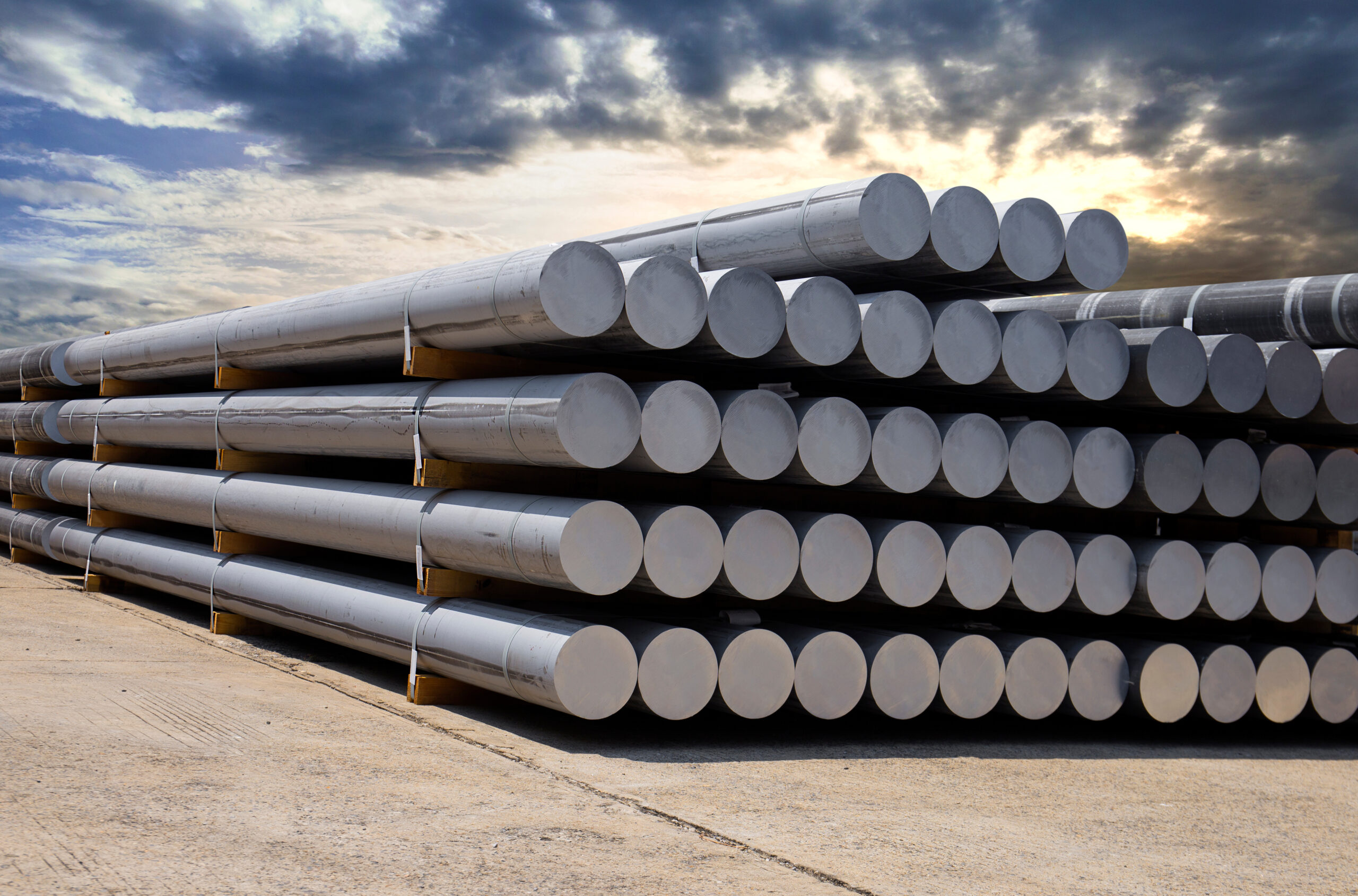ICG Commodity Update – September 2020
The ICG Commodity Update is our monthly published comment on energy, industrial metals and precious metals market.
Energy
Crude oil was plagued by both supply concerns (Libya restarting, OPEC+ restlessness) and demand worries (C-19 flare up in Europe and parts of the US). As the number of global Covid-19 infections continue to rise, the return of restrictions that could reduce the number of cars on the road and overall economic activity is leading to market pessimism that oil demand will take a long time to recover. While the easiest gains on the oil demand recovery are behind us, most analysts still expect demand to continue to rise at a slower pace over the coming months. However, falling oil inventories across the globe suggest that the oil market remains undersupplied. Indeed, crude production of OPEC+ was likely stable in September vs August. Instead the US is now generating fewer than 11mboe/d, down from 13mboe/d early this year, EIA data show. Two-thirds of oil-and-gas executives who responded to a recent survey said they think US oil production will never fully recover. According to Deloitte 107’000 jobs were slashed in the US oil, gas and petrochemicals sector between March and August and seven out of 10 jobs lost will not be reinstated. Energy equities continued to struggle during the last few weeks. Lousy oil-and-gas earnings this year have turned off many investors, who remain unenthusiastic about the sector despite a modest rebound in crude prices from the historic lows of this spring. Indeed, Exxon and Shell recently said that key parts of their business continued to struggle through the summer and early fall, which will weigh down the third quarter results they are set to report in coming weeks. That is combining with longer-term concerns about future competition from renewable energy and electric vehicles to drag down the value of many oil-and-gas companies to decade lows. Share prices of Royal Dutch Shell and BP hit fresh 25-year-lows. Last week NextEra Energy, the large utility/renewable energy owner, nearly reached market cap parity with ExxonMobil. Actually, smaller, independent players continue to face a struggle for survival. A total of 36 producers filed for bankruptcy in North America in the first eight months of the year, according to Haynes & Boone, with combined debt loads of about $51bn. Rystad expects ~150 additional North American oil and gas producers to file for bankruptcy by the end of 2022 if crude prices remain $40/bl. The industry has lost some investors over concerns about the energy transition, even though the world will need large amounts of oil and gas for decades to come. The recent near-death experience for some oil producers is a good reminder that investors should focus on companies with strong balance sheets, ample liquidity, robust cost structures, and low sustaining capital requirements like we focus for the ECF. Despite the current challenges ECF companies should generate attractive cash flows going forward and come back even stronger (Div yield at 4.4% and FCF yield at 9% growing to 17% by 2022E).
Industrial Metals
Commodities, as well as financial markets, have been hit by fears that parts of Europe may enter a broad lockdown. Heightened US political uncertainty and rising tensions between the US and China have also contributed to the risk-off move. Before this, sentiment was already starting to weaken due to less positive surprises on economic data releases versus market expectations in the US and Europe and signs that central banks have become hesitant about stepping up their already highly accommodative monetary policies. But as potential new restrictions will likely be more localized, analysts don’t expect Europe to enter into a broad lockdown again. Hence, it’s not believed the latest pullback in commodity prices marks the beginning of a trend reversal. Copper, this year’s best-performing industrial metal, tumbled by the end of the month as traders were forced to liquidate speculative long positions in the face of an oversupplied market. But the long-term case remains constructive, with the global shift away from fossil fuels and well-defined resources laying the groundwork for a multi-year advance. The “green-wave” relies heavily on base metals, especially copper. An electric vehicle for example contains about 3.5 times more of the metal than a comparable gasoline-driven one. Wind and solar require 2 to 15 times as much copper per unit of output as fossil fuel generation. In fact, no one wants mining, but they want the product. Mining companies capex and growth is slowing significantly on strict capital return of most investors. On the supply side, new resources will be tough to find. The world has valued and hunted copper for hundreds of years, suggesting that many of the major ore bodies have already been discovered and exploited. Also, short-term supply disruption due to COVID has been an important offset to demand weakness during the outbreak – secondary outbreaks, as seen worldwide, or additional mobility restrictions in key producing countries remain a threat to supply, while demand is recovering, mainly due to China. Overall the sector looks relatively well positioned albeit vulnerable if the broader market sells off due to slowing global growth, new Covid-19 waves or geopolitical tensions. Meanwhile, members of Union No.2 representing supervisors at the Escondida, the world’s largest copper mine, have voted to strike, according to reports. The decision to strike followed unsuccessful labour negotiations with management, with the latest offer rejected by >98% of the union.
Precious Metals
After hitting year-to-date highs, commodity indexes have dropped in September, while precious metals and energy have led the decline. With a fall of more than 17%, silver prices have plunged the most across the entire commodity complex. Precious metals, in particular gold, are waiting for the next leg in fiscal and monetary support or the next step down in negative real interest rate expectations. Analysts see a high likelihood that governments and central banks will step up their game to support growth again. This should add favourably to higher precious metal prices. Furthermore, the build-up of uncertainties ahead of the US election and the chance of a contested outcome boost the yellow metal’s attractiveness as a diversifier in a portfolio context. Silver prices should follow gold, but with considerably more volatility. Also, even as gold prices struggled in September, Investors are keeping their faith. Holdings in bullion-backed exchange-traded funds are wrapping up an 8th quarter of expansion, the longest run in almost a decade. So far in 2020 they’ve surged about 860 tons, dwarfing any prior full-year inflow, and are near a record. Overall, the gold mining industry is still in a sweet spot. With gold prices near record highs combined with a relative low capex, gold mining companies producing record high free cash flows. Also, the industry is expected to be net debt negative by 2021, which should further spur pay-outs in form of dividends as well as share buy-backs. Gold-equivalent cash costs of gold producing companies fell already from $765/oz in FY2018 to $690/oz in FY2019 (PMC weighted average at $585/oz) – the gold industry is currently more profitable than at any point in recent history.
Read More







